Formal letter of introduction template
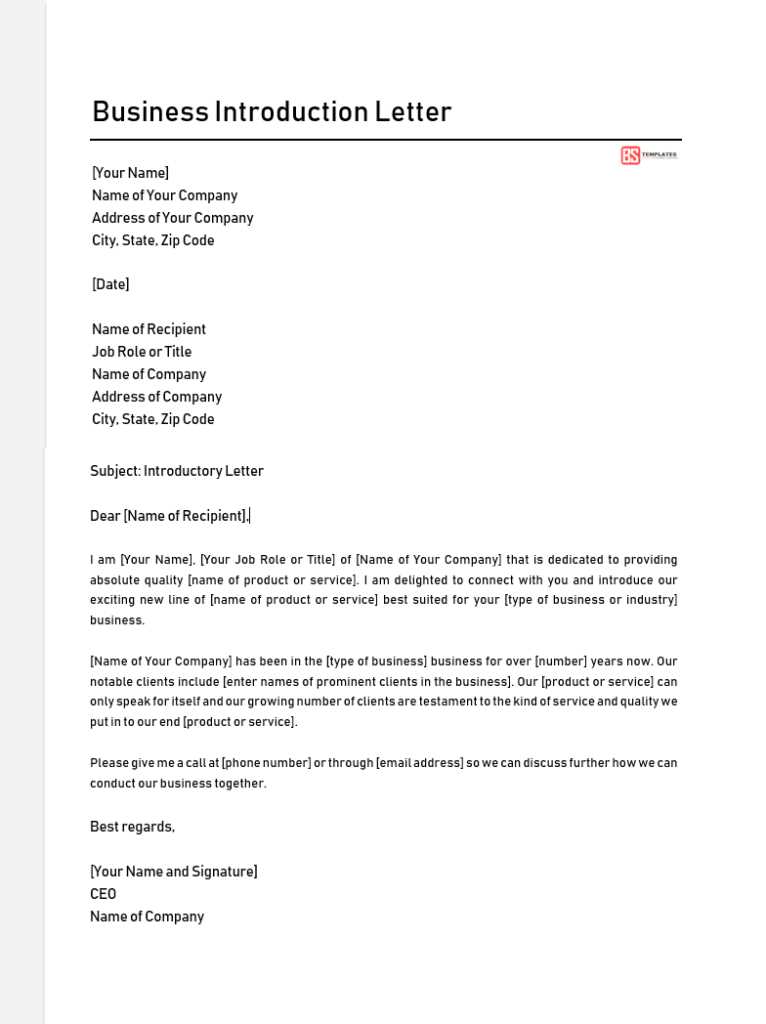
Begin by clearly identifying the purpose of your letter. A formal introduction letter should convey your message in a direct and professional tone. Focus on presenting key information about yourself or the person you’re introducing in a way that builds trust and interest.
Start with a brief opening paragraph, stating your name and position, or your relation to the person you’re introducing. If applicable, mention the context of the introduction to help the recipient understand the reason for the letter. In this section, ensure that the information is concise, as your aim is to grab the reader’s attention without overwhelming them with details.
In the next paragraph, offer more details about the individual or company being introduced. Include specific achievements, skills, or qualities that are relevant to the reader. It’s important to maintain a tone of professionalism while highlighting the strengths that would make the introduction valuable.
Conclude the letter with a polite call to action, whether that be a request for further discussion, a meeting, or an opportunity to connect. Keep the closing respectful and forward-looking, leaving the door open for further communication. Be sure to include your contact information and any necessary follow-up steps.
How to Address the Recipient Correctly
Use the correct title and last name to address the recipient. If you are unsure about the recipient’s preferred title, “Mr.” and “Ms.” are generally safe choices. If the recipient holds a professional title such as “Dr.” or “Professor,” use that title to show respect for their qualifications.
Formal vs. Informal Address
In formal letters, always use the recipient’s last name along with their title. Avoid using first names unless you are certain the relationship allows it. If you’re writing to a company or organization, address the letter to the department or position rather than a specific person if you don’t know the recipient’s name.
Gender-Neutral Address
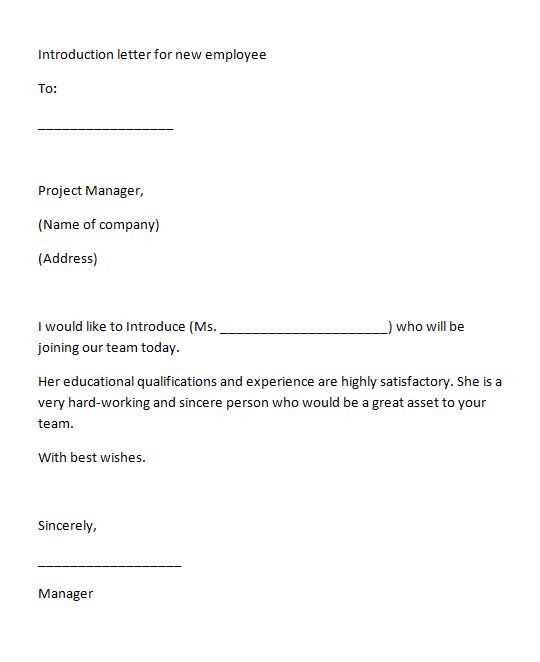
If you’re unsure of the recipient’s gender, use their full name or opt for a neutral title like “Dear [Full Name],” or “Dear [Job Title].” This approach avoids making assumptions and maintains professionalism.
Crafting the Opening Paragraph with Impact
Begin with a direct statement that establishes your purpose. Avoid vague generalities. Aim to immediately address the reader’s interest by mentioning a specific benefit or key point. This creates an immediate connection and sets the tone for the rest of the letter.
For example, instead of saying “I hope you are doing well,” focus on a clear value or reason for reaching out. Try something like: “I am writing to introduce myself and explain how my experience aligns with your current needs.” This provides context and outlines the reason for your communication, making it easier for the reader to understand your intent right away.
Next, use concise language to convey your core message. Don’t dilute the impact with unnecessary filler. A well-crafted first sentence should quickly communicate what you offer, without overwhelming the reader with excessive detail. A focused approach ensures the reader stays engaged, allowing them to better process the rest of your content.
Lastly, build rapport by keeping the tone confident but not overly formal. A touch of personalization–whether referencing mutual interests or a common goal–can humanize your introduction, making it more relatable without sounding too casual.
Common Mistakes to Avoid When Writing
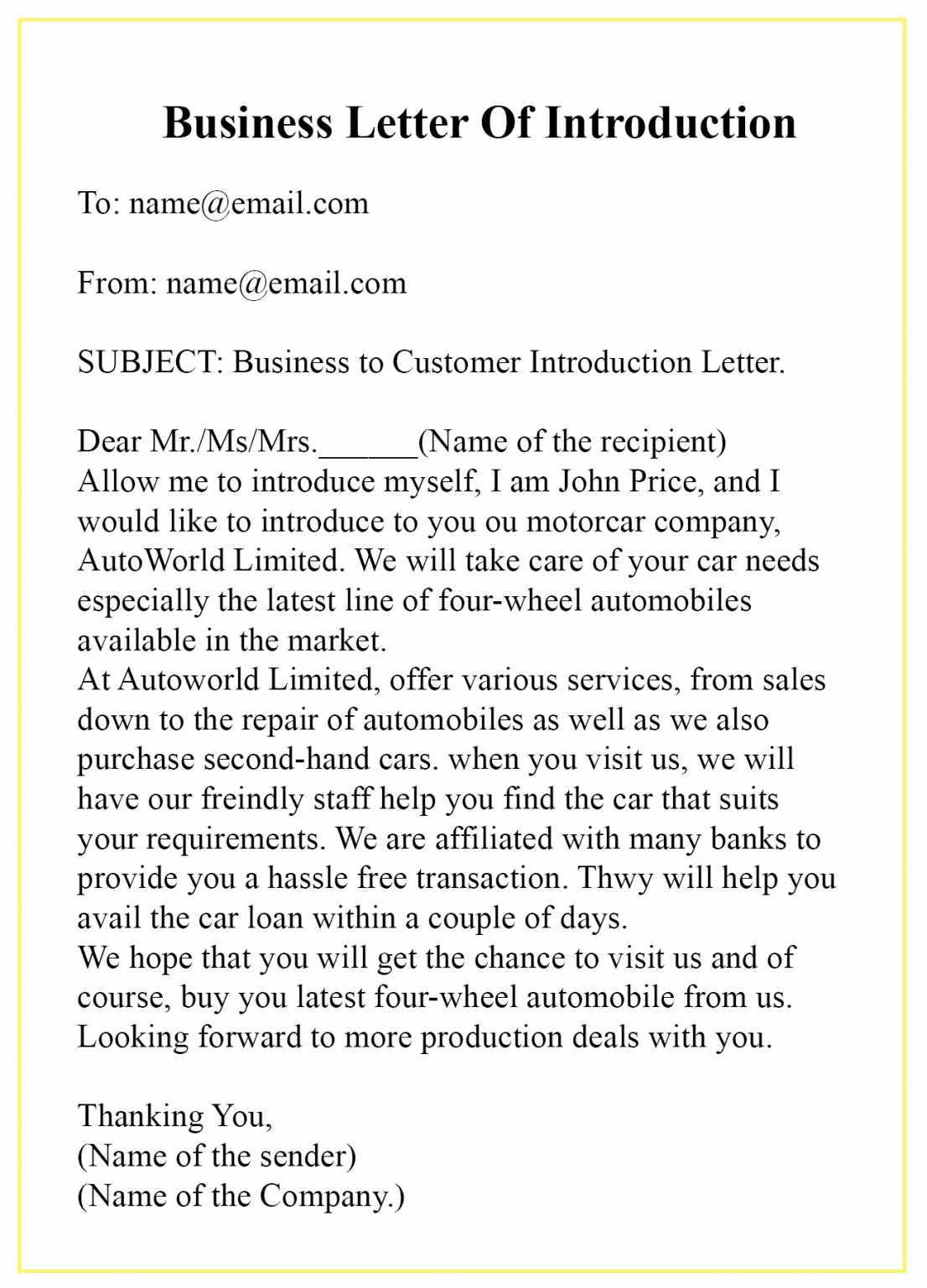
One of the most common mistakes in formal letter writing is using overly complicated language. Simplicity ensures your message is clear and easily understood. Avoid long, convoluted sentences that might confuse the reader. Instead, aim for clarity and precision in your wording.
Lack of Structure
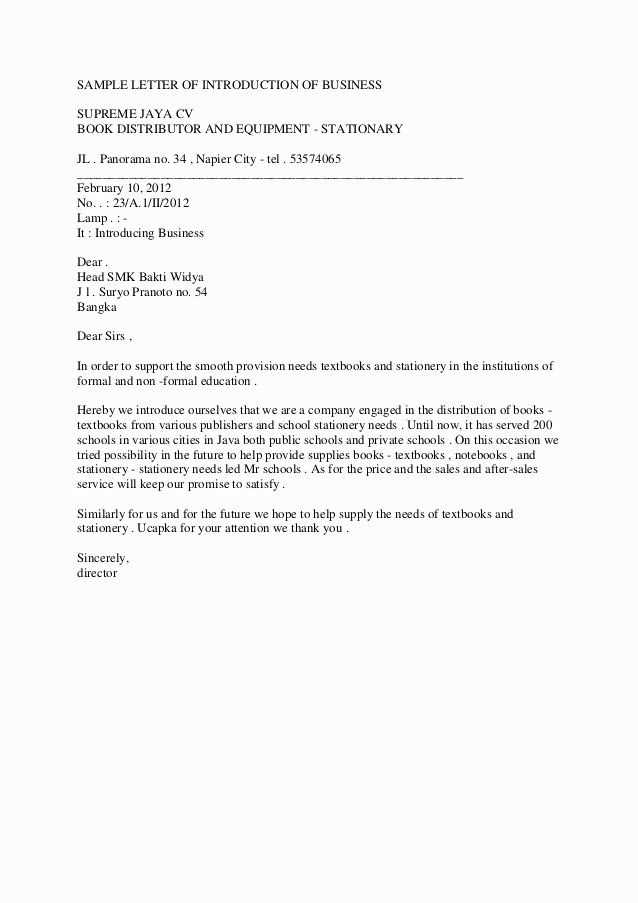
Always ensure your letter follows a clear structure. Skipping standard sections, like the introduction, body, and closing, can make your message seem disorganized. Use paragraphs to separate ideas and maintain a logical flow throughout the letter. A well-organized letter makes a stronger impression.
Overlooking the Audience
Ignoring the recipient’s expectations and the purpose of the letter can weaken your message. Tailor your tone and content to match the formality and the reader’s familiarity with the subject. Being too casual or too formal can send mixed signals, so adjust your approach accordingly.
Final Touches: Proofreading and Formatting Tips
Double-check for spelling and grammar mistakes using reliable tools like Grammarly or a similar service. These can catch common errors that are easy to overlook in the first draft.
Formatting for Clarity
Consistency in formatting helps readability. Align your paragraphs, use bullet points or numbered lists to break up complex ideas, and ensure proper spacing between sections.
- Use a simple, professional font like Arial or Times New Roman.
- Set the font size to 12 pt for body text and 14–16 pt for headings.
- Ensure margins are even on all sides (1 inch is standard).
Polish the Tone and Structure
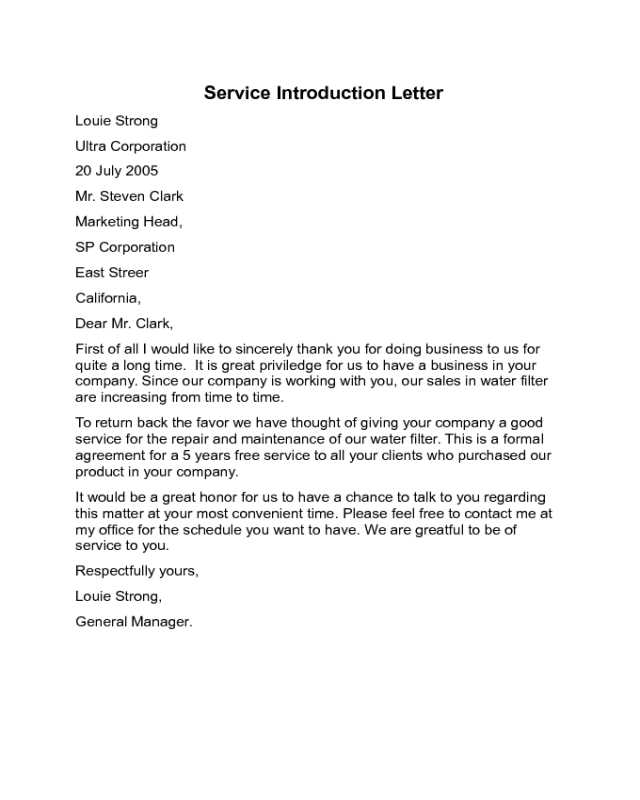
Ensure your tone aligns with the purpose of the letter. Maintain a formal, yet approachable tone, and avoid overly complex sentences. Adjust paragraph lengths to make the letter easy to read.
- Short paragraphs improve readability.
- Check sentence flow and clarity; avoid unnecessary words.
Once you’ve made adjustments, take a moment to review the letter one last time. A fresh look can help spot overlooked issues before sending.